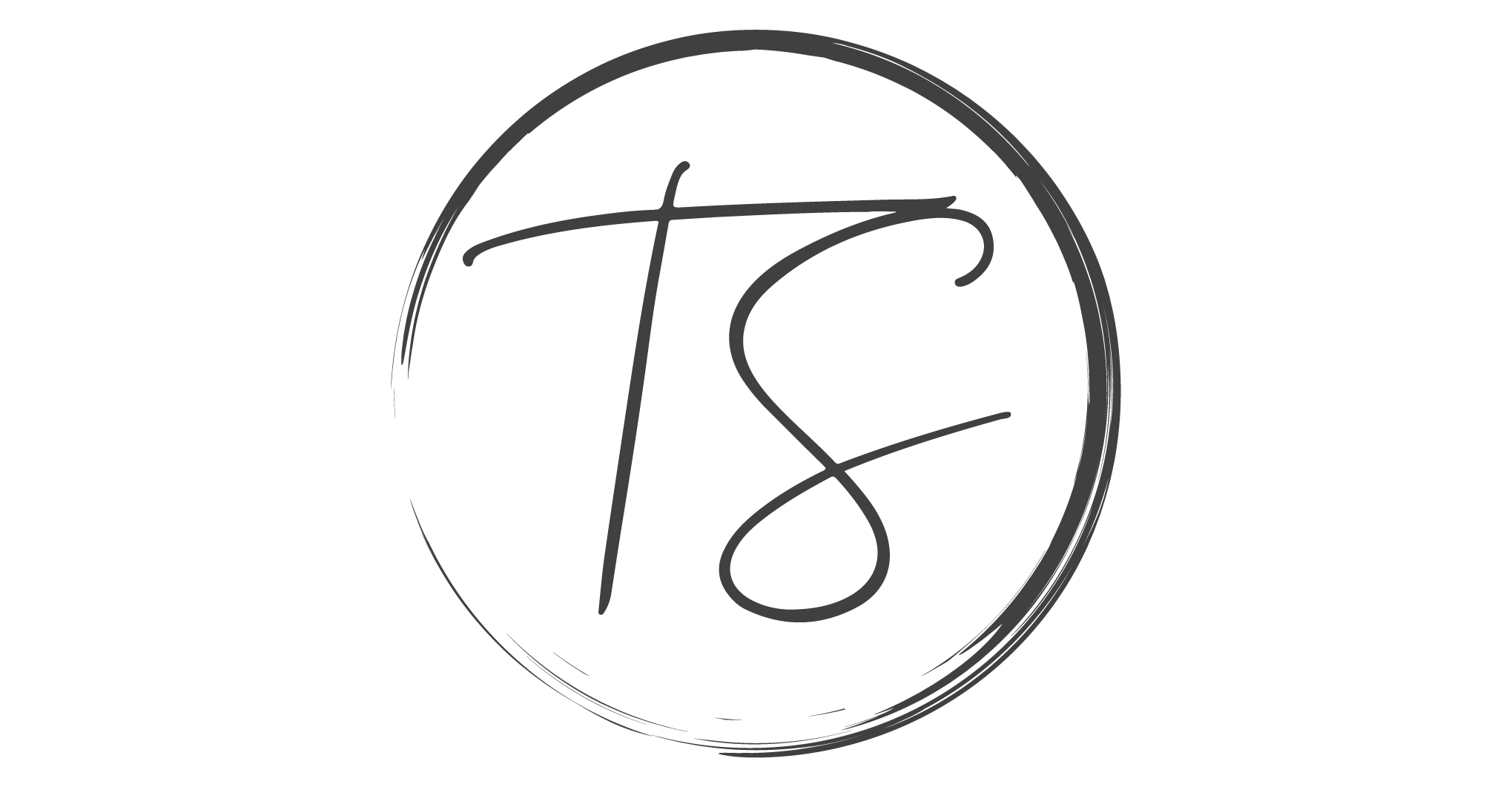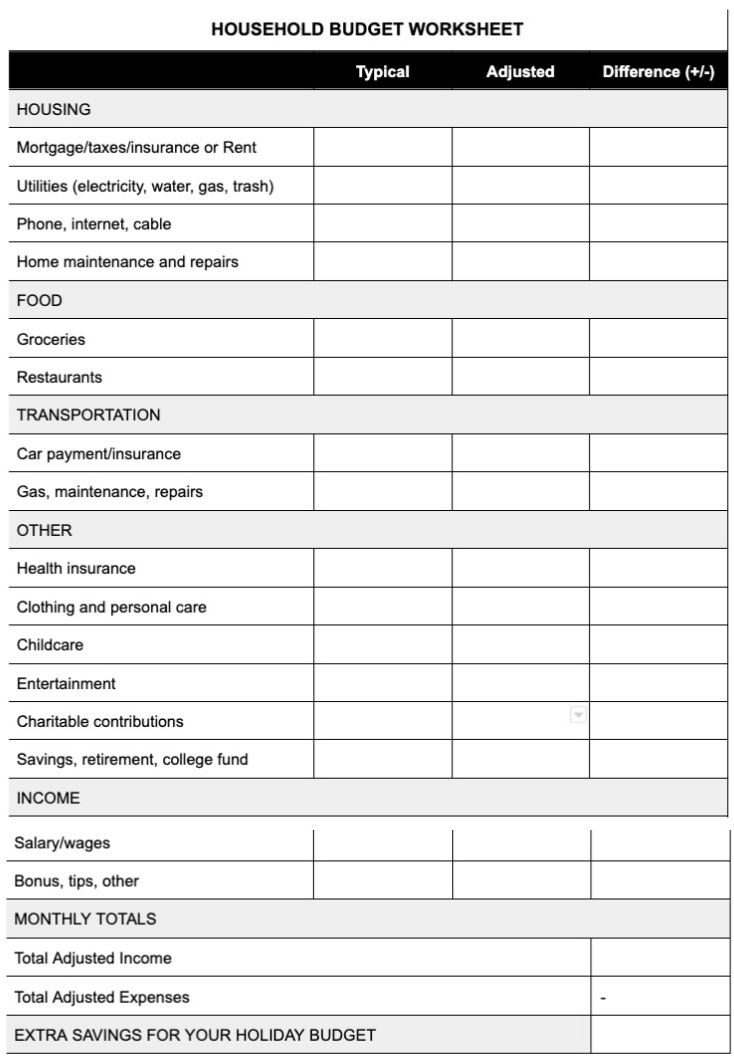
There’s an old adage in real estate: location, location, location. But ever since the Bank of Canada began its series of inflation-fighting interest rate hikes last year, a new mantra has emerged: mortgage rates, mortgage rates, mortgage rates.
Higher rates had the immediate impact of cooling homebuyer affordability and demand. But when the Bank of Canada announced in early March that it would put additional rate changes on hold, the country’s once-frozen housing market began to thaw. Since then, Canadian home sales have bounced higher than expected.
However, many homeowners are still putting off listing. After successfully riding out the past year’s turbulence, some homeowners are waiting for prices to more fully recover. Others are holding back because they are unable to port their mortgages and feel beholden to their existing, lower rates. As a result, real estate activity isn’t nearly as robust this year as it might have been had more sellers listed their homes.
As economist Shaun Cathcart of the Canadian Real Estate Association (CREA) notes, “With interest rates at a top, and home prices at a bottom, it wasn’t all that surprising to see buyers jumping off the sidelines and back into the market in April. Supply, on the other hand, has been sluggish, hence the price gains from March to April seen all over the country.”1
So what can we expect from the Canadian real estate market in the coming months and years? Here are several key indicators that help to paint a picture of the market and where it’s likely headed.
HOME SALES ARE PICKING UP FASTER THAN EXPECTED
After an extra chilly fall and an arctic New Year, the spring real estate season has so far proved warmer than expected, with home sales picking up substantially in recent months.2
Despite still-high mortgage rates and pinched affordability, a significant number of home buyers are showing up anyway and placing offers. As a result, home sales jumped by double digits in April, according to the CREA, climbing 11.3%.1 So far, that’s the third monthly increase CREA has recorded this year. In March, sales picked up by 1.4% after a 2.3% increase in February.3
Even more notable: this year’s sales numbers have been comparable to those recorded in 2018 and 2019—before pandemic-era rates helped supercharge the market.3
Other supporting factors are also helping to push up sales this year, including historically fast population growth and a sharp increase in rent prices.4,5
But in addition to tight supply, one more factor is still weighing down market activity: buyers are continuing to face significant headwinds that limit their overall buying power, including comparatively high interest rates and a prohibitive mortgage stress test.6 As a result, a significant number are still struggling to get approved for large enough mortgages to compete.7
What does it mean for you? The pace of sales is still slower than it was during the pandemic. Don’t be surprised, though, if you find yourself competing with multiple offers. With a warming market, it’s important to start your home search prepared. We can help you evaluate your options, strengthen your offer, and make an informed purchase.
Many Canadian home buyers are still facing severe affordability challenges. If you plan to sell your home, it will be crucial to enlist the help of a skilled agent who knows how to draw in qualified buyers. Reach out for a copy of our multi-step Property Marketing Plan.
PROPERTY VALUES ARE STABILIZING
Prices are down, year-over-year, but they haven’t fallen nearly as much as some analysts speculated. Instead, home prices have so far remained remarkably resilient.
According to the CREA, the actual (not seasonally adjusted) national average sale price is down by just 12.3% compared to April 2022, when home prices were still near an all-time high.1
Even more significant: prices are no longer dropping. Instead, they have moved higher as more buyers emerge from the sidelines. In April, the MLS® Home Price Index jumped on a month-over-month basis for the second time in more than a year, climbing by a healthy 1.6% in April after a 0.2% increase in March.1,8
A tight housing supply is also putting upward pressure on prices. So are sharply higher rents, which have helped make mortgage payments more attractive. As a result, the Canada Mortgage and Housing Corporation (CMHC) expects prices to remain above pre-pandemic levels.9
Prices probably won’t climb too much higher, though: these days, Canadians need bigger down payments or incomes to keep up with the higher rates and prices. So if prices climb too far out of touch with buyers’ finances, sellers could have a tough time attracting qualified prospects.9
What does it mean for you? Prices have softened in certain market segments compared to last year—and motivated sellers are out there and willing to make deals. We can help you find your next home and negotiate a great price. But keep in mind that your odds of affording a home may diminish in the coming months as high rates bump up against a firming market. So it’s a good idea to get a mortgage pre-approval before you start your search.
If you’re a homeowner, property values are picking up again thanks to demand outpacing supply. So you’re still likely sitting on a nice pile of equity. Reach out for a free assessment to find out how much your home is currently worth.
LISTING INVENTORY IS LOW, BUT NEW CONSTRUCTION IS ON THE RISE
Tight inventory is one of the biggest factors impacting the housing market, agree experts. In fact, the CREA says that inventory is tighter now than it’s been in decades.1
After dropping to a 20-year low, new supply picked up somewhat this spring, climbing on a month-over-month basis by 5.8% in March and by another 1.6% in April.1 But it’s still well below what’s typical this time of year, making it tough for buyers to find a suitable home.
One big reason for the trickle in existing homes for sale: reluctant sellers.10 Some would-be sellers with more restrictive mortgages are holding back from listing their homes because they are reluctant to give up their lower mortgage rates.11 Others are waiting for prices to significantly increase. But since fear is a driving factor for many real estate holdouts, this year’s warming market could offer some helpful reassurance.
Reluctant sellers aren’t the only reason, though, for why inventory is so limited. Sluggish home building is also a major factor impacting supply. For example, new home inventories are at historic lows, deepening the housing crunch.12
Housing starts have also been weak for much of this past year. But a springtime burst in activity led to a 22% jump in April, according to the CMHC, renewing hopes that builders may still be able to overcome this year’s higher rates.13 As BMO’s Douglas Porter noted, “New home building is also showing some signs of surprising resiliency.”2
What does it mean for you? Inventory is tight, but less frenzied competition compared to last year means more choice and negotiating power for buyers. If you’ve had trouble finding a home in the past, it may be time to take another look. We can help you explore both new and existing homes in our area.
Sellers are enjoying reduced competition right now, as well. However, the longer you wait to list, the more competition you’re likely to face. And if you feel locked in by your current, lower mortgage rate, consider this: If you roll your equity gains into a down payment on your next home, you could possibly lower your monthly payment. Reach out to discuss your options.
MORTGAGE RATES HAVE TRENDED DOWN
Average mortgage rates are still higher now than they have been in years, but they have generally trended down since the beginning of the year. As a result, buyers willing to commit to a three- or five-year fixed-rate mortgage are finding better deals. Some mortgage lenders are also offering seasonal promotions.14
But even with somewhat lower rates, many buyers are finding that they still can’t qualify for mortgages at current prices. So pinched affordability is still a major factor influencing the housing market.10
Canada’s economic forecast is also fairly cloudy this summer, so the path for future rate changes is uncertain. For example, the Bank of Canada’s decision to pause rate hikes earlier in the year gave many borrowers some much-needed breathing room, helping to stabilize the housing market. But given how sticky inflation has remained, it’s possible that Bank of Canada officials could change their minds and announce at least one more rate hike.
Similarly, buyers hoping to see rates fall more significantly this year are likely to be disappointed.15 With the rate of inflation still well above central bankers’ target range of 2%, the Bank of Canada is unlikely to cut its benchmark rate anytime soon (especially since borrowers have so far weathered this year’s higher interest rates quite well).16
What does it mean for you? Mortgage rates aren’t nearly as high as they were this fall and winter, which is great news for buyers. But, a decrease in rates could correspond with an increase in competition and prices. If you start searching now, you’ll be prepared to make an offer when the time is right. We can help you negotiate a great deal and potential seller incentives.
If you’re planning to sell, this is good news for you, too. But, there are several factors to consider when determining the right time to list your home. Reach out for a consultation so we can help you chart the best course.
WE’RE HERE TO GUIDE YOU
While national real estate forecasts can provide a “big picture” outlook, real estate is local. And as local market experts, we can guide you through the ins and outs of our market and the issues most likely to impact sales and drive home values in your particular neighbourhood.
If you’re considering buying or selling a home, contact us now to schedule a free consultation. We’ll work with you to develop an action plan to meet your real estate goals.
The above references an opinion and is for informational purposes only. It is not intended to be financial, legal, or tax advice. Consult the appropriate professionals for advice regarding your individual needs.
Sources:
- Canadian Real Estate Association (CREA) –
https://www.crea.ca/media-hub/news/demand-continues-to-outpace-supply-as-canadian-home-sales-jump-in-april/ - BMO Economics –
https://economics.bmo.com/en/publications/detail/e182379e-0d22-4a7b-9374-96004f9c8019/ - Canadian Real Estate Association (CREA) –
https://www.crea.ca/media-hub/news/canadian-home-sales-rise-in-february-despite-drop-in-new-supply/ - Real Estate Magazine –
https://realestatemagazine.ca/canadas-record-population-growth-poses-challenges-for-housing-market/ - Canadian Mortgage Trends –
https://www.canadianmortgagetrends.com/2023/05/average-rent-in-canada-is-up-20-over-the-last-two-years-rentals-ca/ - RBC Thought Leadership –
https://thoughtleadership.rbc.com/game-on-for-canadas-housing-market/ - Canadian Mortgage Professional (CMP) –
https://www.mpamag.com/ca/mortgage-industry/industry-trends/how-much-additional-income-do-canadians-need-to-buy-a-home/443946 - Canadian Real Estate Association (CREA) –
https://www.crea.ca/media-hub/news/canadian-home-sales-continue-to-rise-in-march-as-markets-tighten/ - Canada Mortgage and Housing Corporation (CMHC) –
https://www.cmhc-schl.gc.ca/en/professionals/housing-markets-data-and-research/market-reports/housing-market/housing-market-outlook - RBC Thought Leadership –
https://thoughtleadership.rbc.com/green-shoots-in-canadas-housing-market/?utm_medium=email&utm_source=salesforce - Realtor.ca –
https://www.realtor.ca/blog/then-vs-now-realtors-share-their-take-on-spring-buyers-pre-pandemic-vs-today/30999/1362 - Canada Mortgage and Housing Corporation (CMHC) –
https://www.cmhc-schl.gc.ca/en/professionals/housing-markets-data-and-research/market-reports/housing-market/housing-supply-report - Canada Mortgage and Housing Corporation (CMHC) –
https://www.cmhc-schl.gc.ca/en/professionals/housing-markets-data-and-research/housing-data/data-tables/housing-market-data/monthly-housing-starts-construction-data-tables - CTV News –
https://www.ctvnews.ca/business/as-the-bank-of-canada-pauses-rate-hikes-mortgage-rates-in-canada-creep-downward-1.6355742 - CBC –
https://www.cbc.ca/news/business/bank-of-canada-april-decision-1.6807771 - CIBC Capital Markets –
https://cibccm.com/en/insights/articles/economic-insights-will-higher-rates-break-the-consumers-back/



















